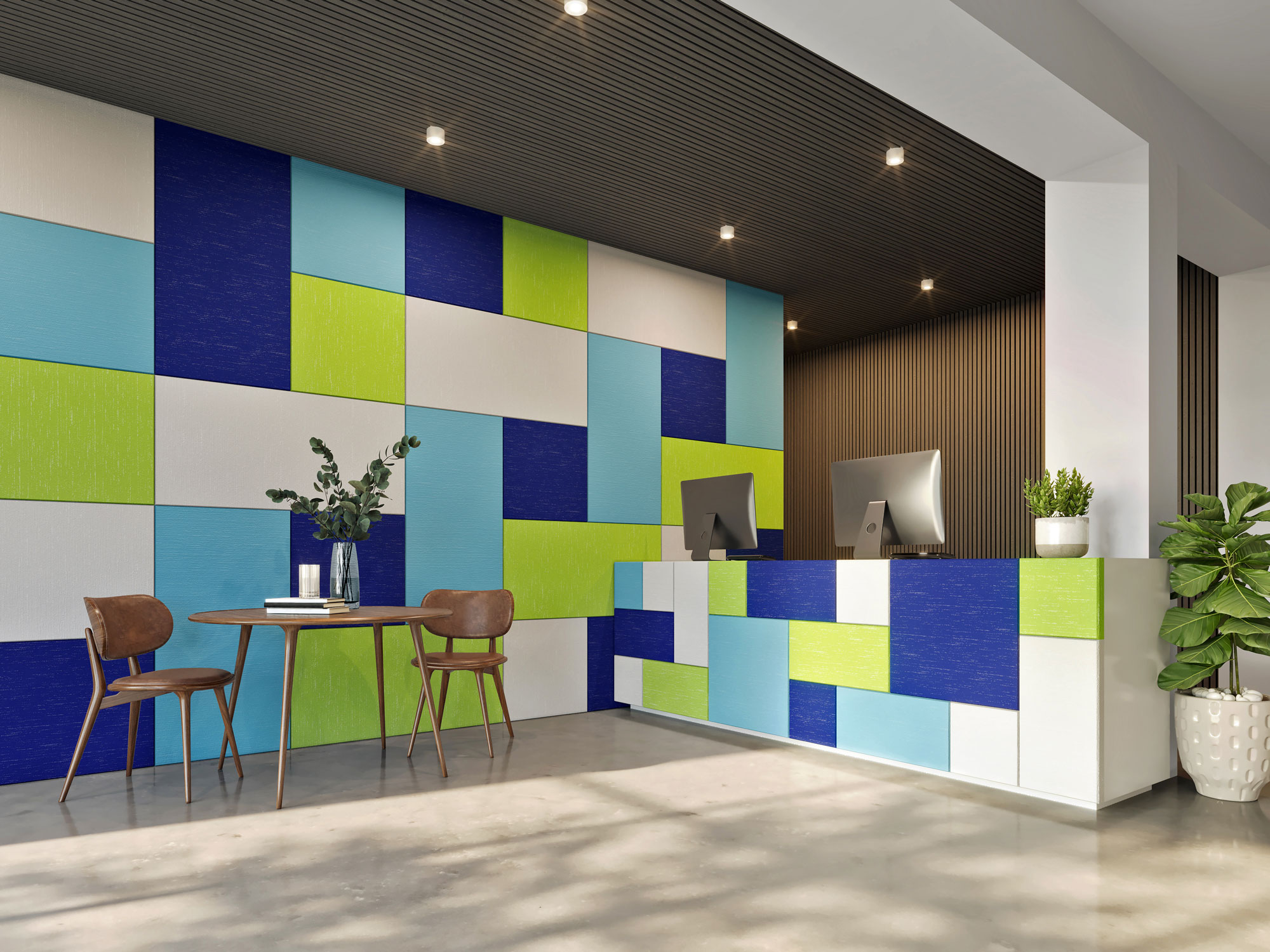The Power of Audio: Changing Rooms with Acoustic Solutions
The Power of Audio: Changing Rooms with Acoustic Solutions
Blog Article
Achieve Perfect Consistency in your house With Efficient Soundproofing Techniques for Optimal Acoustics
Soundproofing plays a crucial function in achieving ideal acoustics, affecting the way we experience and engage with our living spaces. By comprehending the fundamentals of soundproofing, determining resources of noise disturbances, picking appropriate products, and using proven methods, you can change your home into a shelter of peace where sound improves instead than disrupts.

Understanding Soundproofing Basics
Soundproofing is rooted in the understanding of just how sound waves travel and connect with various products. The trick to effective soundproofing lies in interfering with or taking in these sound waves to decrease their transmission from one area to another.
Recognizing the idea of sound transmission course (STC) scores is essential in picking the ideal materials for soundproofing. The STC ranking determines how well a product can decrease air-borne audio transmission through it, with greater STC ratings showing much better soundproofing capabilities. Furthermore, considering the influence of impact insulation course (IIC) ratings for minimizing impact sound, such as footsteps or furniture moving, can better improve the effectiveness of soundproofing solutions.
Assessing Sound Sources in Your Home
Building upon the foundational understanding of soundproofing concepts, an essential step in reliable sound mitigation within your home includes determining and assessing the various sources of unwanted noise. Noise sources can be classified right into two major types: air-borne noise, which consists of seem like discussions, songs, and television, and influence noise, such as steps or things being gone down. To evaluate these resources, consider the various spaces in your house and the activities that normally occur in each. The living space may have a lot more air-borne sound from amusement systems, while influence sound from footprints might be a concern in areas with hard flooring like hallways or kitchens.
Furthermore, think about external sources of sound, such as website traffic, next-door neighbors, or close-by building, which can also impact the acoustics within your home. acoustic solutions. Recognizing these resources will help you focus on locations for soundproofing and choose one of the most reliable options. By pinpointing the specific sound sources in your home, you can customize your soundproofing efforts to achieve optimum outcomes and produce a more peaceful and unified living atmosphere
Selecting the Right Soundproofing Products
When selecting soundproofing materials for your home, it is crucial to prioritize efficiency and compatibility with your specific noise worries. Take into consideration elements such as the sort of sound you are trying to block, the level of soundproofing required, and the visual appeals of the materials to guarantee they mix perfectly into your living room.
One common material for soundproofing is acoustic foam. This lightweight and flexible product is great for absorbing mid to high-frequency noises, making it suitable for songs areas, home theaters, or offices. One more choice is mass-loaded plastic, which works in obstructing out low-frequency sounds like traffic or machinery sounds. For walls and ceilings, soundproof drywall is a popular selection due to its capability to minimize sound transmission in between spaces.
Curtains and rugs made from sound-absorbing materials are also effective in wetting sound, specifically in locations with difficult surface areas that trigger noise to bounce around. Bear in mind, the trick to effective soundproofing is choosing the ideal materials that address your specific sound concerns while boosting the general comfort and acoustics of your home.
Implementing Soundproofing Techniques
To effectively apply soundproofing techniques in your home, it is vital to start by examining the locations that are most at risk to sound seepage. Typical sources of noise can consist of exterior audios from traffic, neighbors, or close-by building and construction, in addition to internal sources like devices, plumbing, and amusement systems. Once you have identified these locations, you can begin executing soundproofing remedies customized to each details area.

For more considerable noise reduction, think about setting up soundproof drywall, double-glazed home windows, or durable networks to separate resonances. Furthermore, reorganizing furnishings, adding bookshelves, or integrating sound-absorbing materials can even more enhance the acoustics of a room. By strategically executing these soundproofing techniques, you can create a quieter and more peaceful living environment in see here your house.
Keeping and Improving Acoustic Atmosphere
After carrying out soundproofing methods to deal with noise seepage in your house, the emphasis moves towards keeping and boosting the acoustic atmosphere to make sure a regularly tranquil space. To maintain optimum acoustics, consistently evaluate soundproofing products for wear and tear, guaranteeing they stay efficient in blocking undesirable noise. Maintain doors and home windows correctly sealed to protect against sound leakage and take into consideration adding weather removing or door sweeps for added soundproofing.
Improving the acoustic atmosphere can involve critical placement of furnishings, carpets, and curtains to moisten sound representations and echoes. Making use of sound-absorbing materials such as acoustic panels or foam can further improve the overall audio quality in your house. acoustic solutions. Additionally, including soft furnishings like paddings and blankets click for source can help in reducing sound reverberation, producing a more pleasurable acoustic experience
Moreover, purchasing sound-absorbing design elements like bookshelves, tapestries, or plants can add to a balanced acoustic atmosphere. Routinely decluttering your area can additionally avoid audio waves from bouncing off surfaces, inevitably improving the general acoustics of your home. By continually maintaining and improving your acoustic More hints setting, you can create a harmonious and relaxing living space on your own and your household.
Verdict
Finally, accomplishing excellent consistency in your home with efficient soundproofing approaches is important for ideal acoustics. By recognizing soundproofing essentials, assessing noise sources, selecting the ideal products, applying techniques, and maintaining the acoustic atmosphere, you can produce a relaxed and delightful living space devoid of unwanted noise disturbances. Prioritizing soundproofing efforts can substantially enhance the total lifestyle in your house.
Report this page